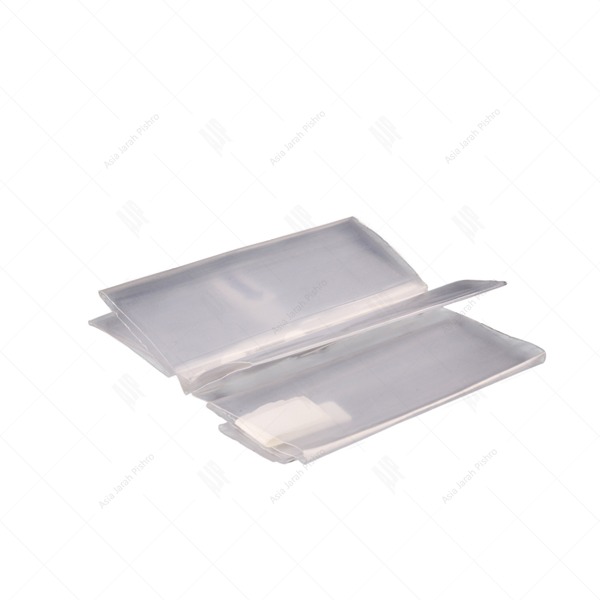X-ray Cassette Cover
X-ray radiography is the most important medical imaging method for taking pictures of areas inside the body. X-rays have been used in medical diagnostics for more than a hundred years. In this article, we introduce radiography, its types, and X-ray cassette cover.

What is radiography?
Radiography is an imaging method that provides images of body structures using X-rays. The applications of radiography include medical radiography and industrial radiography. This technique is also used in airport security. This technique is used to diagnose and treat patients by recording images of the body’s internal structure to examine the presence or absence of disease, foreign bodies, and damage or structural abnormalities.
Radiographic procedure
During a radiographic procedure, high-energy radiation called x-rays is passed through the body to take pictures of the area of the body to be examined. A portion of the x-rays is absorbed or scattered by the internal structure. The remaining X-ray pattern is transmitted to a detector to record an image for later evaluation. The X-rays pass through the body, creating an image on film or a computer display.
According to tissue density, the amount of radiation passing through different tissues is variable. This difference creates a picture or image. Some tissues, such as bones, which are denser and stronger, make sharper images, and others make lighter images. Substances that allow the radiation to pass completely (such as air or gas in the intestine) are black, and others that are less dense, such as muscles, which slightly block the passage of the radiation, are recorded in gray. This technique is used to examine bones, their fractures, and various diseases.

Types of radiography methods
There are two types of radiography methods:
- Plain Radiography
- Digital Radiography
Plain X-rays are the simplest and the first imaging test created through X-ray to evaluate different tissues. It uses a low dose of x-ray radiation and provides the image on a film.
Digital radiography has become more prevalent in recent years, which produces a digital radiographic image instantly on a computer. In the digital radiography method, the plastic photographic film is replaced with a digital sensor. The image can be viewed on the computer screen or printed using a printer. They can be sent anywhere through a computer network or stored.
This technique can produce very high-quality images in which the doctor can observe the scanned part of the body in very fine detail.
What is a radiographic or x-ray cassette?
Cassettes are light-resistant containers to protect photosensitive films.
The functions of the cassettes are:
- Protecting film from damage
- Preventing light from entering the cassette and thus blurring the film
- Creating complete and uniform contact between the film and the intensifier plates
- Preventing contamination and creating dust

Challenges in using radiography cassette
Due to the close contact of the patients with the radiology equipment and the hands of the radiographers during the radiography, the possibility of contamination to other patients and personnel is high.
In several studies, contamination of radiography equipment such as X-ray tube handles, radiation control buttons, and especially radiography cassettes, which in most cases, especially in portable radiography and emergency radiology, are in direct contact with the patient’s skin has been proven.
What is an X-ray cassette cover?
One of the methods to prevent contamination is using surgical covers called x-ray cassette cover. The use of disposable covers significantly prevents contamination and transmission of pathogens. In this regard, AJP x-ray cassette covers have been produced. In a recent survey of hospital infection control professionals, 82% of specialists agreed that using disposable covers for imaging equipment helps to prevent the spread of infection.

Features of AJP x-ray cassette cover
- Disposable
- Made of transparent and high-quality polyethylene
- No latex
- Low weight
- Suitable for different sizes of cassettes
- Biodegradable
- Economical
- Sterilized
These disposable covers are produced with code 1195. This cover produce specially for necessary image in surgery and they have the necessary licenses from the General Department of Medical Equipment, which guarantees 100% product authenticity.





















Reviews
There are no reviews yet.